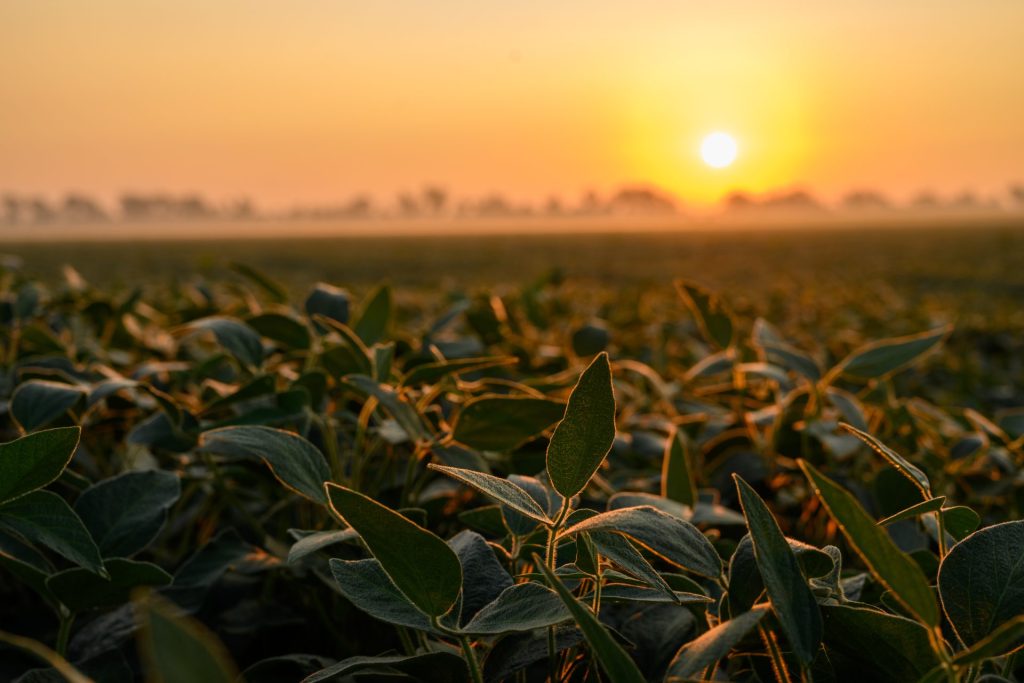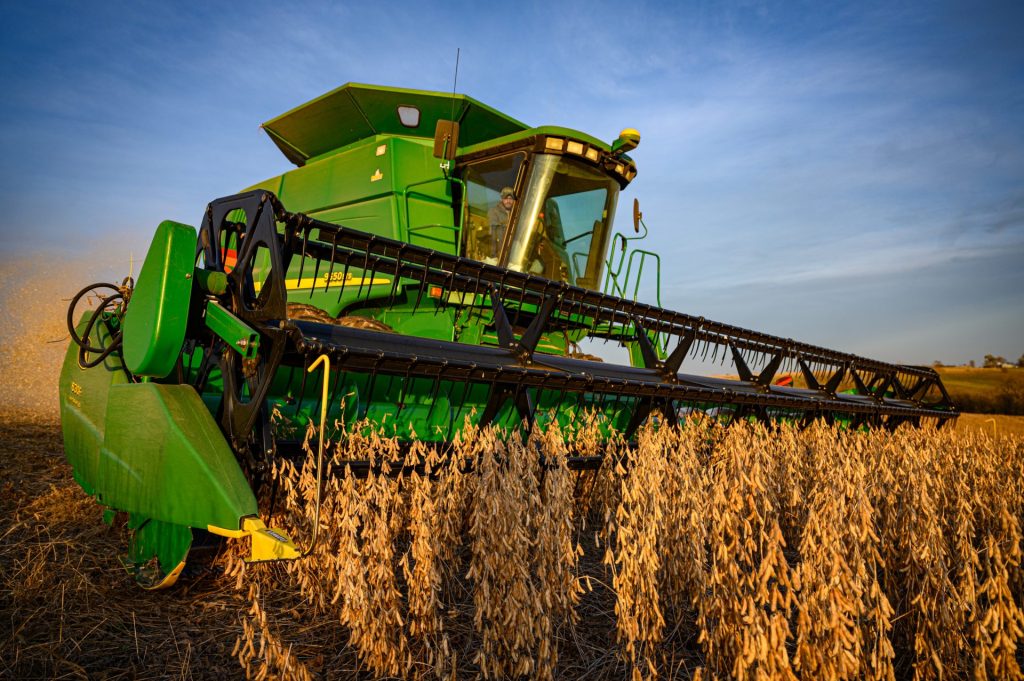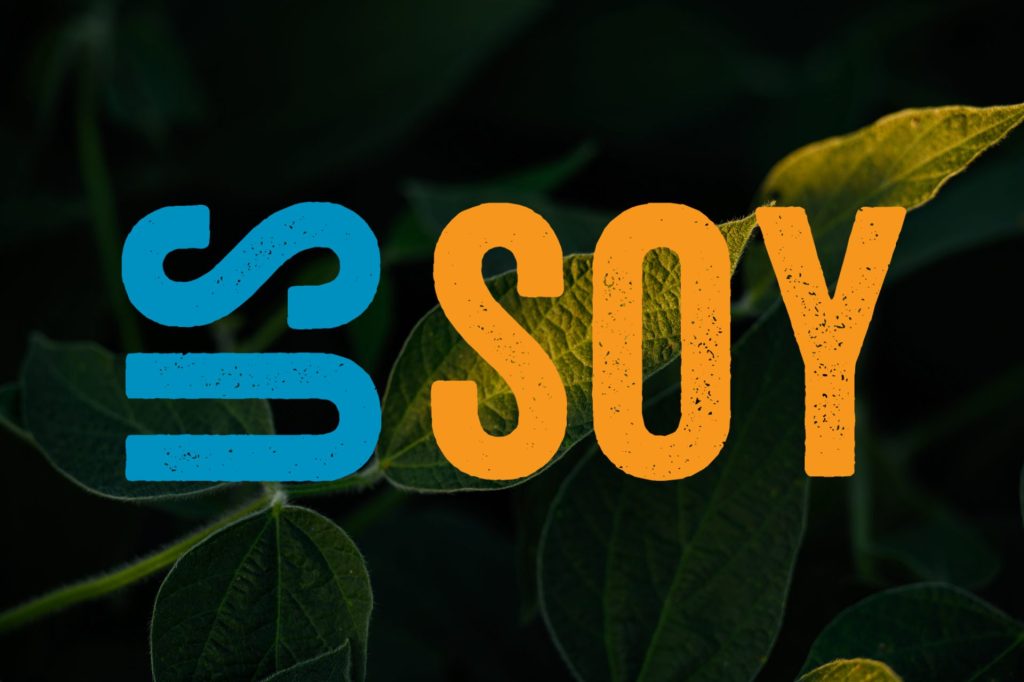U.S. Grown Soy
U.S. soybean farmers are committed to providing high quality protein in a sustainable way. Through soil and water conservation, crop rotation, and carbon net neutrality goals, U.S. soybean farmers are growing nutritious foods while being good stewards of our planet. They are aiming to meet U.S. sustainability guidelines to grow 70% more food by 2050 to feed our increasing global population.
Soybeans are considered one of the world’s staple crops, and soybean production exceeds that of all other legumes combined by four times. In terms of meeting global food needs in a sustainable way, soybeans and other legumes symbiotically fix atmospheric nitrogen, which reduces the need for additional fertilizer inputs. When it comes to providing high quality protein sustainably, the greenhouse gas emissions per unit protein of soy is lower than nearly all other foods, and U.S. soybean farmers continue to improve their on-farm efficiency to reduce their impact on the environment.
Learn more about soybean production from U.S. soybean farmer Wendy Yeager. She shared insights into agricultural practices and the technology she uses to produce protein-packed soy while preserving natural resources in Alabama.
Explore the sustainability of U.S. Soy
Additional resources

Growing Soybeans

Sustainable Production

Innovation

